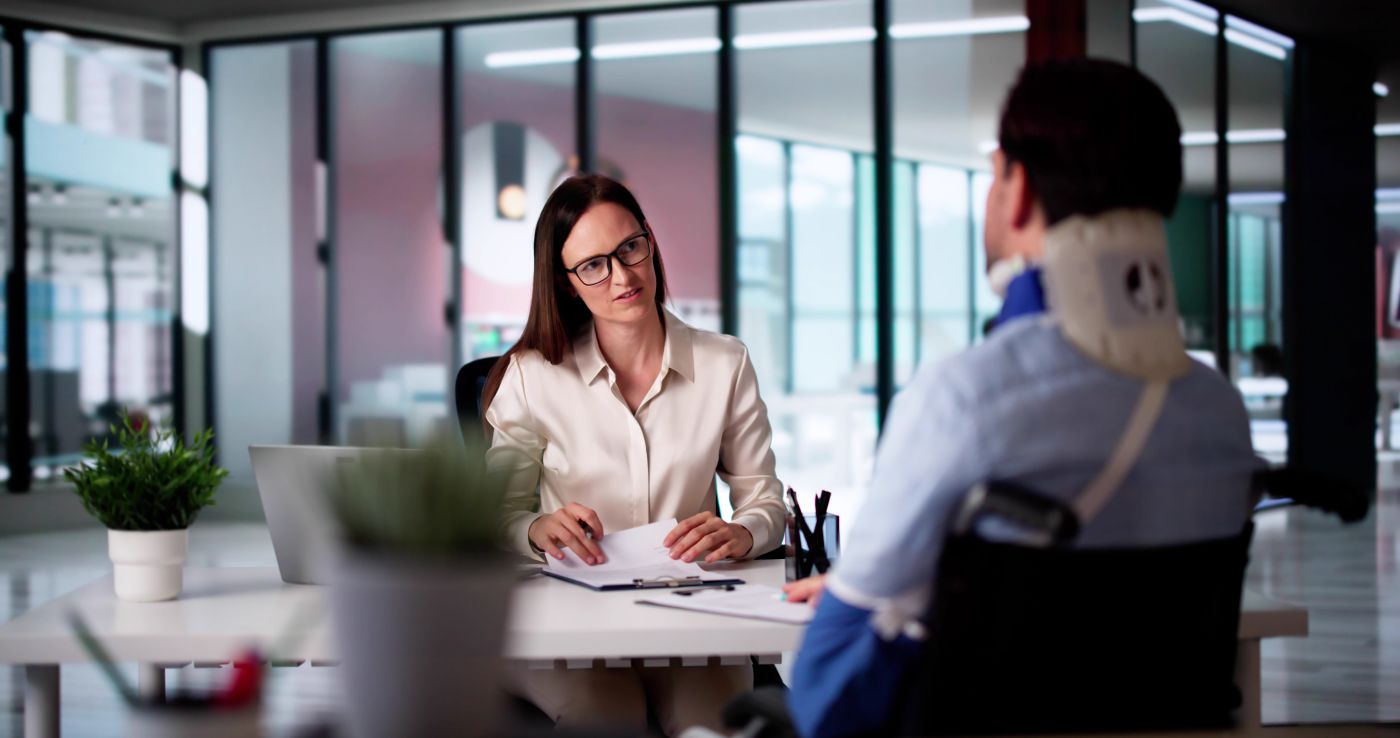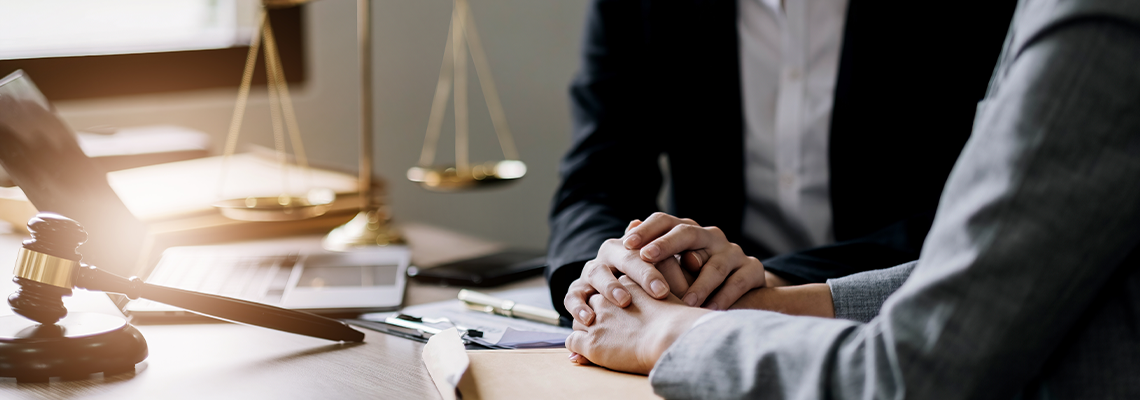
Proving negligence is key in personal injury cases. Clear evidence shows that someone failed to act with reasonable care. Courts rely on this evidence to decide fault and compensation. Knowing what proof matters can make a big difference.
At The McCallister Law Firm in Kansas City, Missouri, the legal team focuses on gathering solid evidence to support personal injury claims. The firm's attorney is practical and detail-oriented and gladly guides clients through the process of presenting their claims clearly.
Physical Evidence From the Scene
Physical evidence at the injury site can clearly show negligence. Items like broken equipment or damaged property help explain how the accident happened. This evidence is usually collected quickly to preserve important details. Acting fast improves the chance of preserving key proof.
Preserving physical evidence for a personal injury claim includes items such as:
Damaged property: Objects broken or altered during the accident that show force or impact.
Clothing or personal items: Torn or stained clothing that reflects the injury’s nature.
Hazardous conditions: Unsafe surfaces or obstacles that contributed to the incident.
Gathering physical evidence quickly allows for an accurate picture of the accident. This evidence often works together with visual recordings, which provide another powerful form of proof.
Photographs and Video Recordings
Photos and videos capture the accident scene and show the extent of injuries. They reveal hazards or damage that may change or disappear over time. Footage from cameras or smartphones can show what happened from different angles. This visual proof often supports other evidence, like eyewitness accounts.
Visual documentation preserves important details before the scene is cleaned or altered. It gives legal counsel and insurance companies a reliable reference for the conditions causing injury. Without photos or videos, it can be hard to accurately recreate the environment. This makes visual evidence highly valuable in personal injury cases.
Eyewitness Testimony
Witnesses who saw the incident provide details that physical evidence can’t show. Their accounts clarify how the accident happened and who may be responsible. Reliability depends on how soon statements are taken and if witnesses agree. Eyewitness testimony helps create a clearer picture of negligence.
Collecting witness statements promptly is important because memories can fade or become less accurate over time. These testimonies often fill gaps where physical evidence is missing or unclear. They add valuable perspectives that strengthen personal injury claims. Quick action in gathering statements supports building a stronger case.
Medical Records and Documentation
Medical records show the injuries resulting from an accident and connect those injuries to the incident. These documents detail treatment plans, diagnoses, and ongoing care, which are critical for proving the extent of harm. They also help in calculating damages for pain, suffering, and financial loss in personal injury claims.
Common medical documents used include:
Hospital reports: Emergency room notes and initial injury assessments.
Specialist evaluations: Opinions from doctors who treat specific injuries.
Rehabilitation records: Documentation of therapy or ongoing treatment after the accident.
Accurate medical documentation strengthens a personal injury case by showing the real impact of negligence. Alongside medical evidence, expert opinions can help explain complicated details to a court or insurer.
Expert Opinions and Professional Analysis
Experts explain complicated details in personal injury claims that can be hard to understand. Reconstructionists analyze how the accident happened, and medical professionals assess injury severity. Their explanations clarify technical or medical issues that juries may find confusing. Clear expert opinions often strengthen a case by simplifying complicated facts.
This testimony can support or challenge other evidence presented in the claim. By explaining the details clearly, experts help build a more complete picture of negligence and the resulting damages. Their input often influences how a case is viewed by insurers or judges. Expert analysis plays an important role in personal injury claims.
Police Reports and Official Documentation
Police and official reports provide neutral, third-party accounts of the incident. They include observations, citations, and witness statements from the scene. While not definitive proof alone, these reports form a foundation for further evidence. Workplace safety reports may reveal hazards that contributed to the accident.
These official documents are commonly referenced during settlement negotiations or court trials. They provide a reliable timeline of events and offer an impartial perspective. Having access to these records helps clarify key facts and supports other evidence presented in personal injury claims.
Evidence of Prior Complaints or Hazards
Showing that hazards existed before an accident helps support claims of negligence. If risks were known but left unaddressed, it suggests the harm could’ve been avoided. Evidence like past injury reports, complaints from others, or maintenance records can prove this. These documents help demonstrate a history of unsafe conditions.
Such proof highlights a pattern of neglect rather than an isolated incident. Additionally, communications between parties, such as emails or memos, can reveal what was known and when. This information strengthens the argument that negligence contributed to the injury. It provides important context for a personal injury case.
Working with an experienced personal injury attorney helps make sure that all relevant evidence is collected and presented effectively in your case.
Communications Between Parties
Emails, texts, and voicemails can reveal awareness of hazards or delays in fixing risks. These messages may include admissions of fault or attempts to downplay the situation. They reveal the responsible party’s mindset and how they responded after the incident. Such communications add important context beyond physical evidence.
This type of evidence becomes especially crucial when physical proof is limited or unclear. It can uncover facts that might otherwise stay hidden from view. By revealing intentions and responses, these communications strengthen a personal injury claim. They help create a fuller picture of negligence and accountability.
Employment and Maintenance Records
Records of employee training, equipment maintenance, and safety inspections show if proper care was taken. Missing training or delayed repairs can indicate negligence, especially in workplace injury cases. These documents fill gaps in understanding how the accident happened. They provide a clear view of safety protocol adherence.
Employment and maintenance logs work alongside other evidence to build a stronger case. They show how seriously the responsible party treated safety measures and whether standards were met. Reviewing these records can highlight lapses that contributed to the injury. Together, they help paint a fuller picture of negligence in personal injury cases.
Financial and Lifestyle Impact Documentation
Documents showing how injury affects income and daily life are key to proving damages. Wage loss statements, job reviews, and activity logs provide clear examples of impact. These records support compensation claims by showing the real consequences of negligence. They offer a clearer view of the financial and personal toll from the accident.
Fight for What You Deserve
At The McCallister Law Firm, the team is dedicated to helping clients in Kansas City, Missouri, and surrounding areas gather the evidence needed to support strong personal injury claims. If an individual or their loved one has been injured due to negligence, the firm is prepared to provide guidance and support every step of the way. Clients are encouraged to contact the firm to discuss their case.



